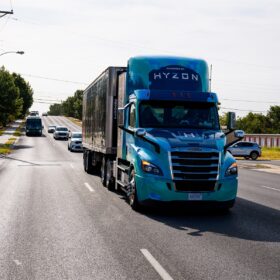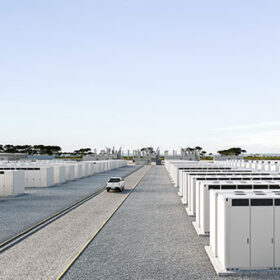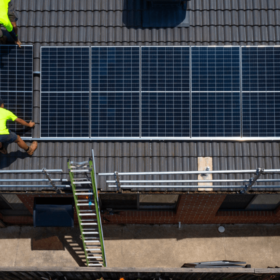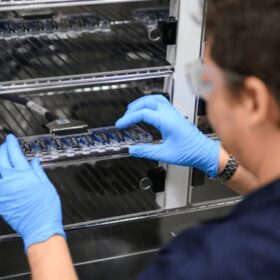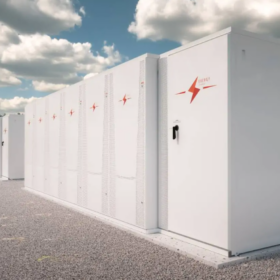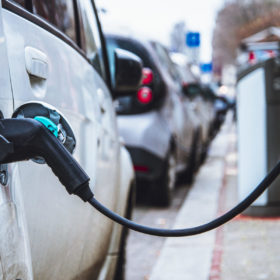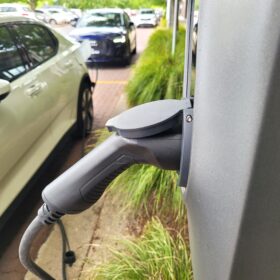Hydrogen vehicle maker Hyzon confirms exit from Australian market
United States-based hydrogen fuel cell manufacturer Hyzon has announced it will halt its operations in Australia, citing challenging market conditions and waning government support.
Horizon report reveals learnings from solar and hydrogen microgrid project
The development of a custom control program that allows for the autonomous management of the sub-systems that make up a hybrid solar and green hydrogen microgrid helping to power the Western Australian town of Denham is among the key lessons outlined in a new report released by the state government.
HMC announces seed investment for planned 15 GW clean energy platform
Australian asset manager HMC Capital has signed a $50 million deal to acquire a majority stake in Sydney-headquartered battery project developer Stor-Energy as part of its push into the renewable energy sector.
Victoria pumps $4 million in to boost rooftop PV roll out
More than $4 million will be delivered to seven commercial providers to support the installation of rooftop solar and electric hot water systems at scale as the Victorian government pushes ahead with its plan to transition to all-electric homes across the state.
Queensland launches battery supply chain database
The Queensland government has launched Australia’s first battery supply chain database to help local companies identify business and supply chain opportunities and to support domestic production and connect with potential investors.
BayWa seeks federal approval for combined 1.2 GWh of big batteries
BayWa r.e. is seeking federal environmental approval for two proposed renewable energy projects featuring up to 312 MW of generation and a combined 1.2 GWh of battery energy storage capacity.
Telco project replaces diesel generators at remote towers with hydrogen energy
A Victorian manufactured, 10 kW renewable hydrogen generator has been installed 120 km east of Melbourne, as part of a pilot project to provide backup to telecommunications towers disabled by outages.
Perth company lands $50 million contract on Collie big battery build
A Perth electrical company has won a $50 million contract for works on Western Australia’s 500 MW / 2,000 MWh Collie battery energy storage system just months after scooping a $160 million deal for the project.
Vehicle and equipment discounted green loans to help small enterprise decarbonise
The Clean Energy Finance Corporation will help small-to-medium sized businesses finance a broad range of clean energy technologies making electric vehicles, roof top solar, batteries, and more efficient farming equipment, cheaper.
Microgrids empowering regional and remote communities across Australia
Small collections of electricity generators, or microgrids, have long been used in disaster recovery, when network supply falters during bushfires or cyclones. But now the technology is being used to provide secure, 24-7 supplies of clean energy in Australian communities where connection to the main electricity grid is but a pipedream.
